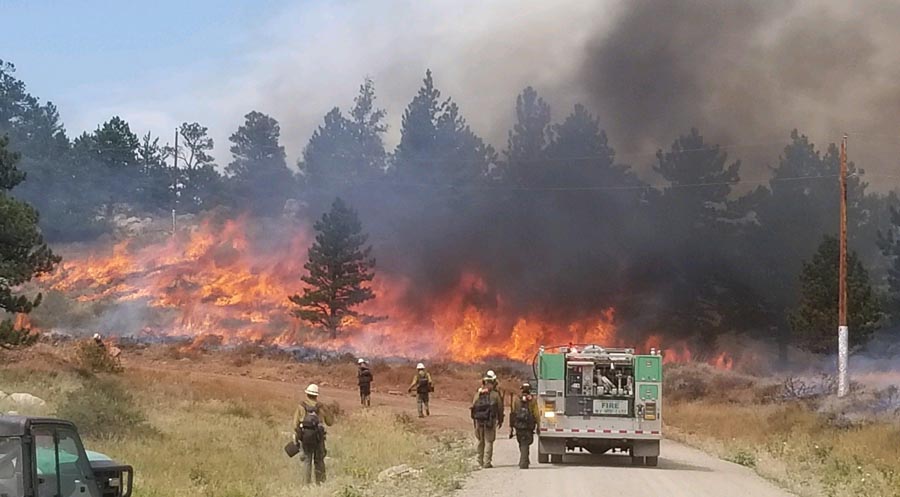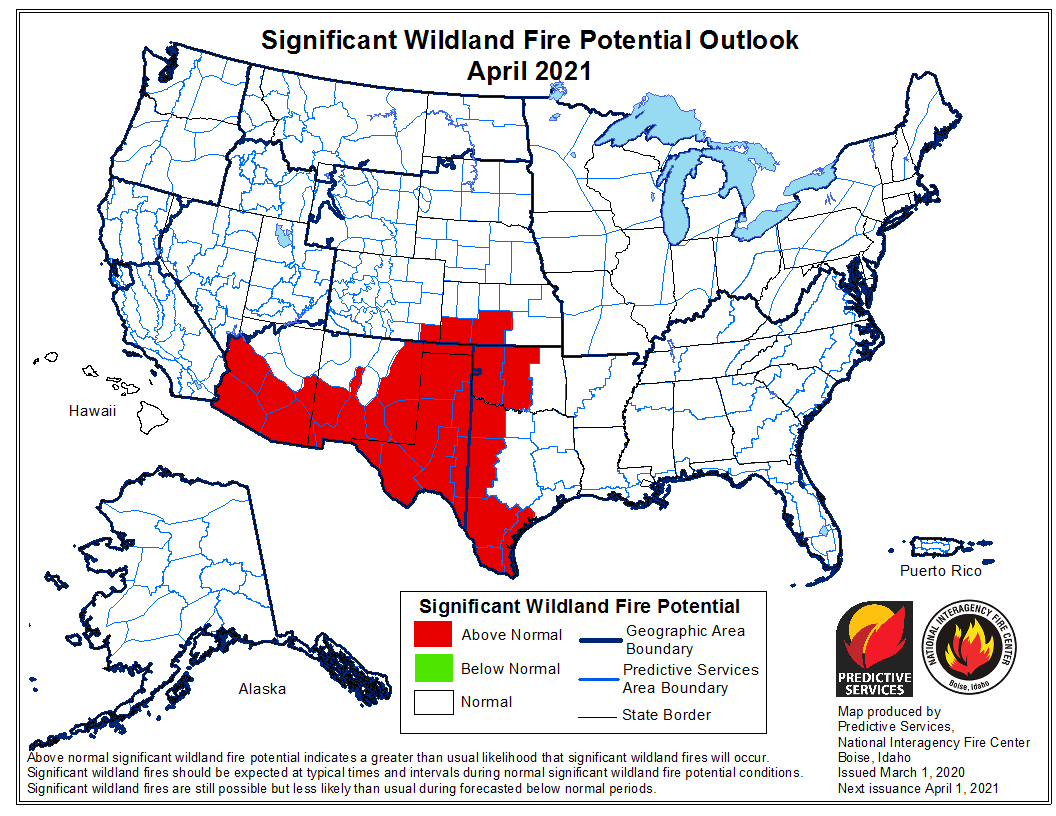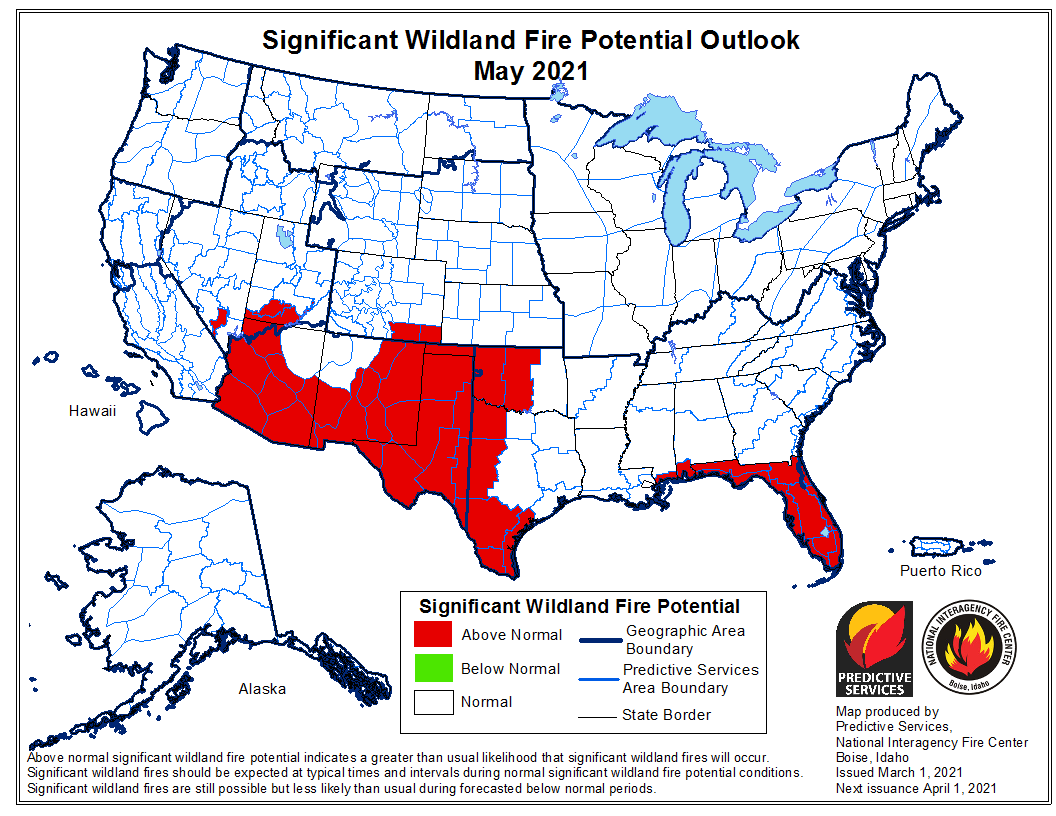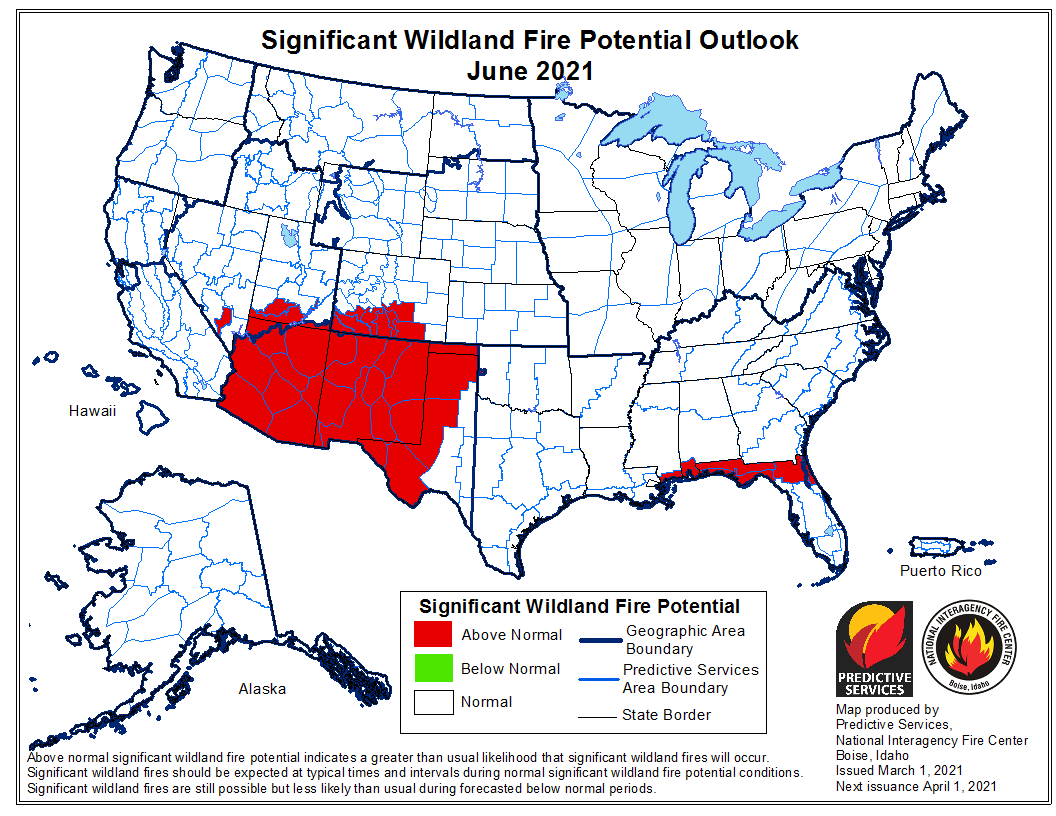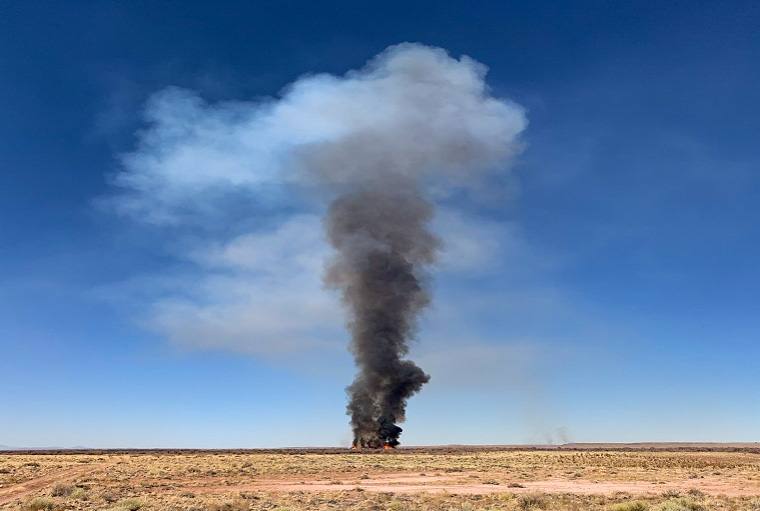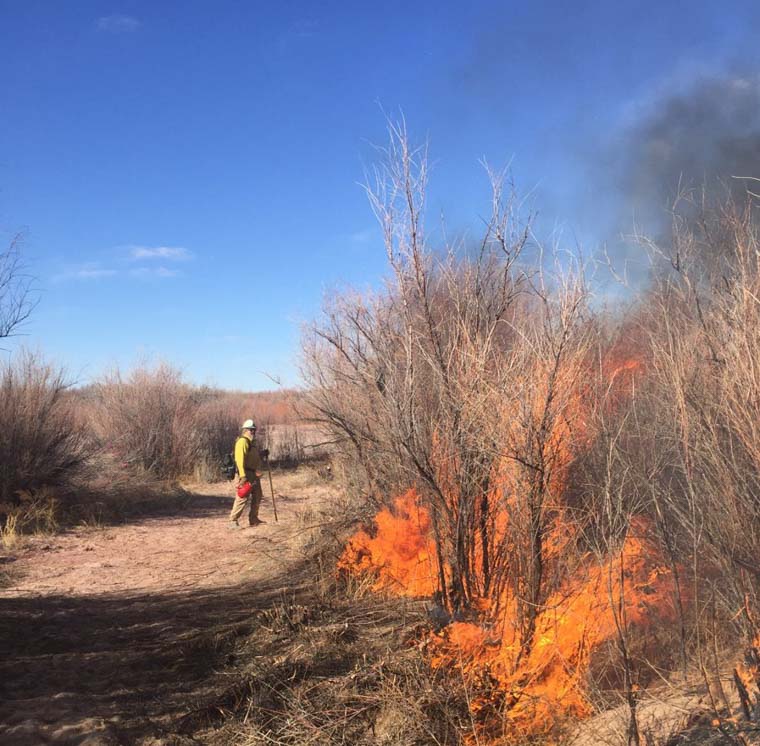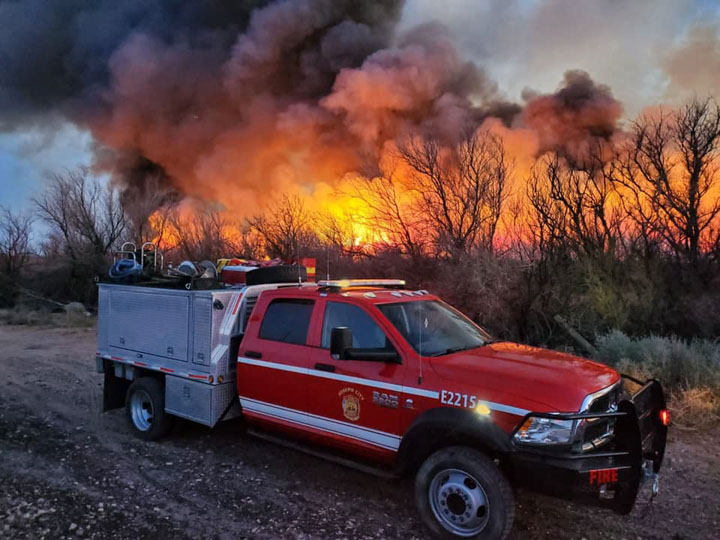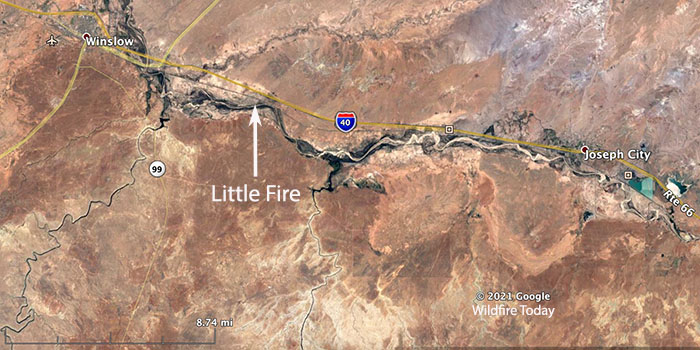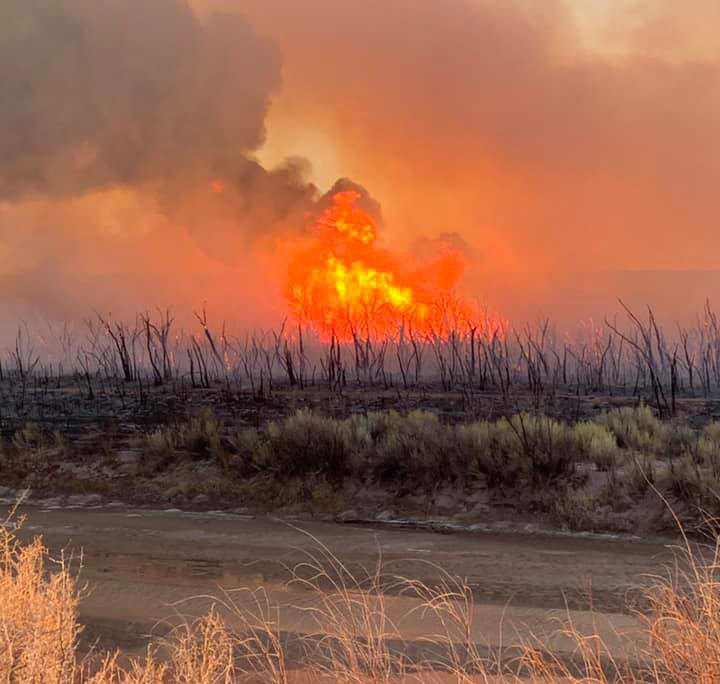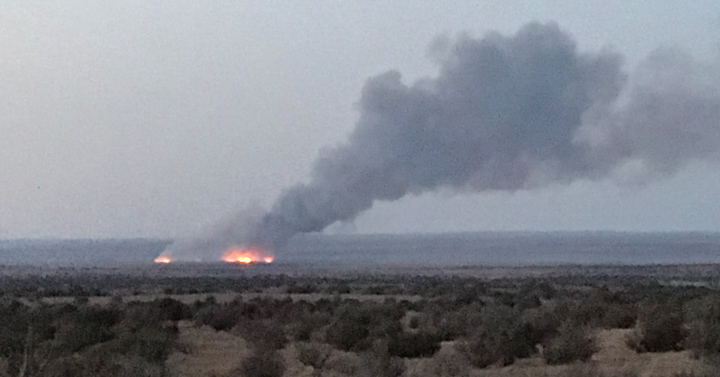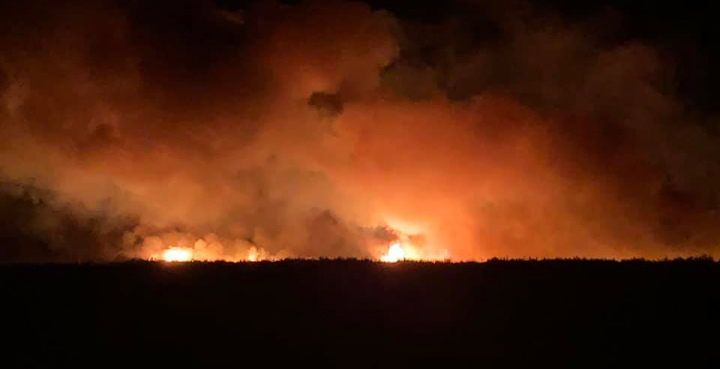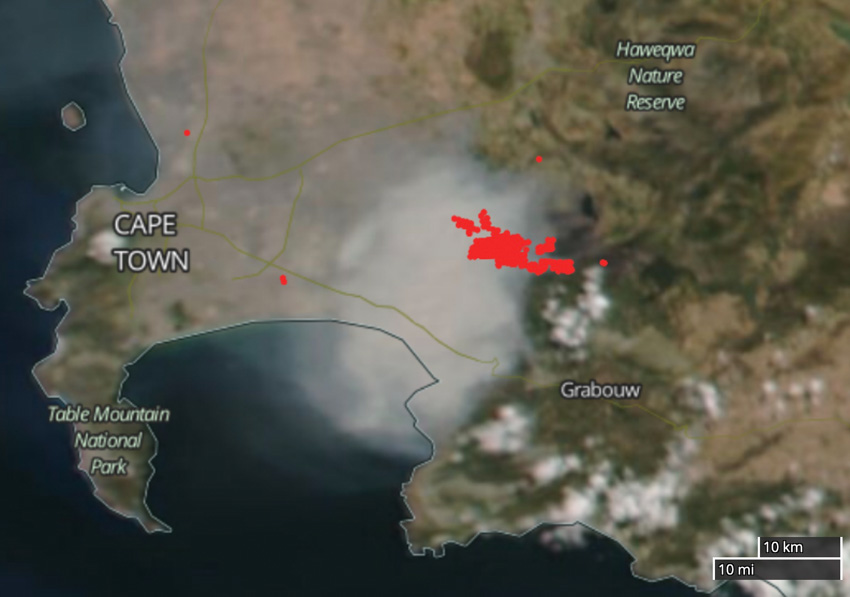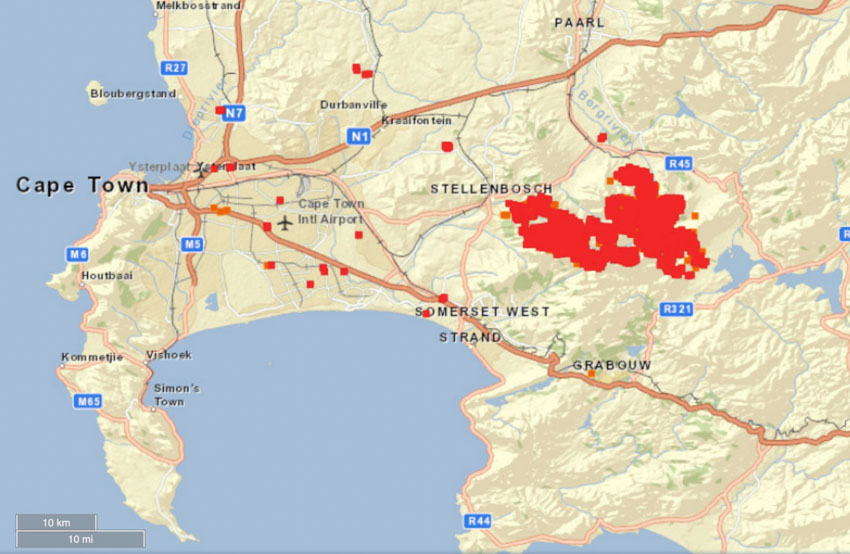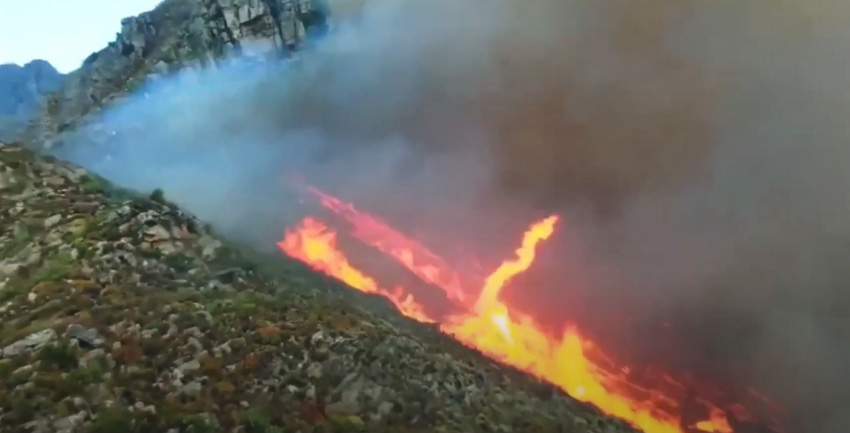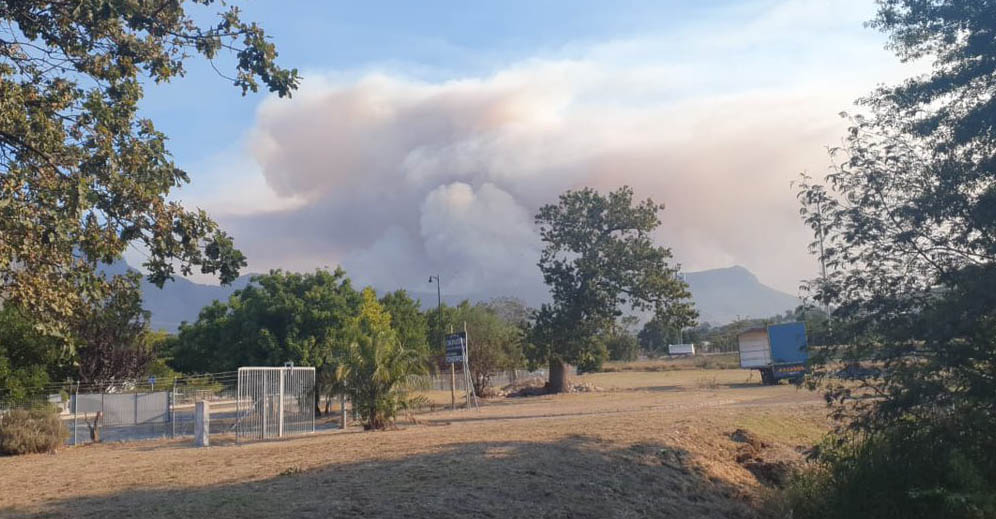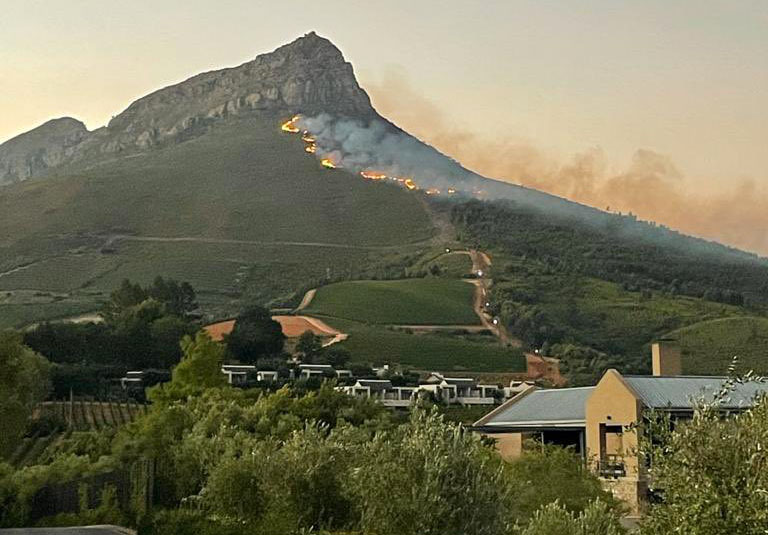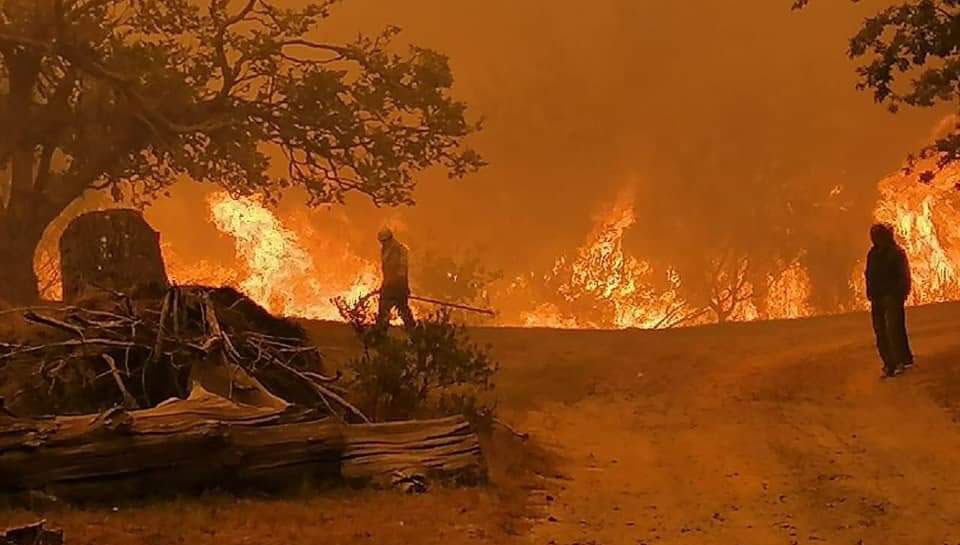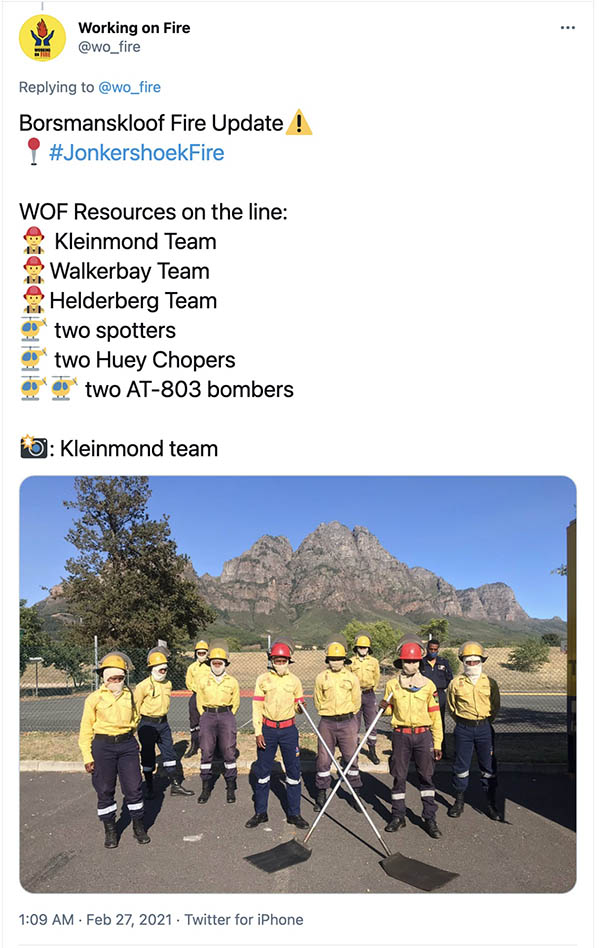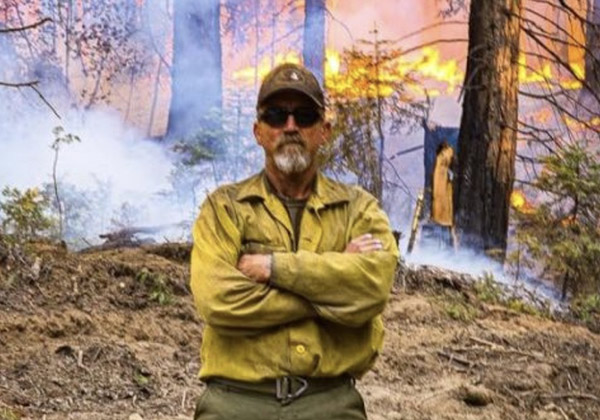
The spread of an escaped prescribed fire 11 miles south of Big Pine, California was stopped Monday on the east side of Hwy. 395 by firefighters from the California Department of Forestry and Fire Protection.
The plan by the CAL FIRE San Bernardino Unit was to ignite the project at 8 a.m. Monday but a change in wind direction surprised the crews and caused the blaze to escape the project boundary and was declared an escape at 11 a.m.
The new fire named Calvert was mapped at 262 acres by the Fire Integrated Real-Time Intelligence System (FIRIS) operated in a fixed wing aircraft by Orange County Fire Authority. FIRIS has proven to be an incredibly valuable resource for providing real time video intelligence, fire spread projections, and situational awareness during wildfire suppression.
We need about a dozen more FIRIS units.
OCFA FIRIS Intel 24 on the Calvert Fire, BDU, 13 miles south of Big Pines Ca. Cal-Fire Air Attack 120 from Hemet and 4 Cal-Fire S-2 Airtankers from Hemet and Ramona providing aggressive perimeter control. pic.twitter.com/zaHSJ0xaxx
— Joel Lane (@zunibirdjoel) March 2, 2021
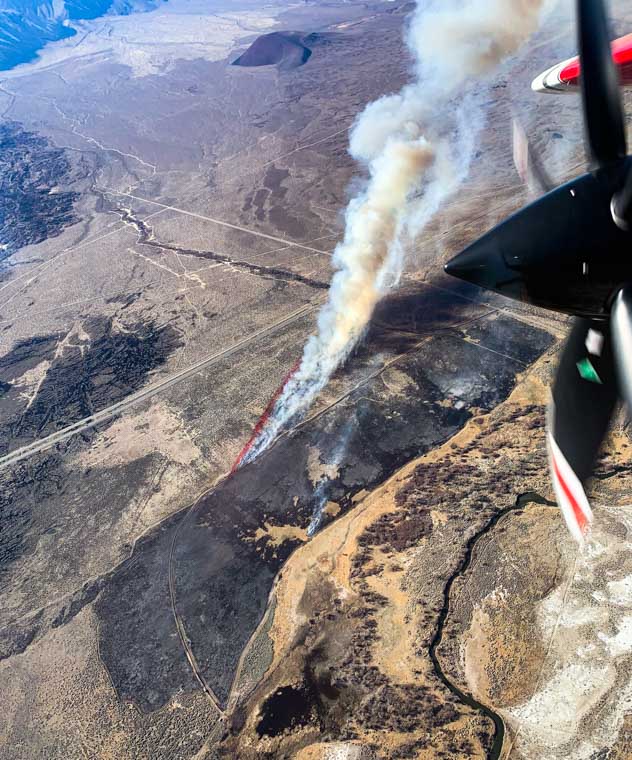
Still another escaped prescribed fire in Southern California:
There is a report that another prescribed fire escaped in California, this time it was Tuesday near Clear Creek Station in the Angeles National Forest. The escape was named Clear Fire.
Well now. https://t.co/EncjMw19rj pic.twitter.com/KUpnYm5aZ9
— Dave “Be Prepared” Toussaint (@engineco16) March 2, 2021
There were approximately three other wildfires in SoCal Tuesday in Meade Valley and the Perris area.
The article was corrected to indicate that the Calvert Fire was Monday, not Tuesday.

